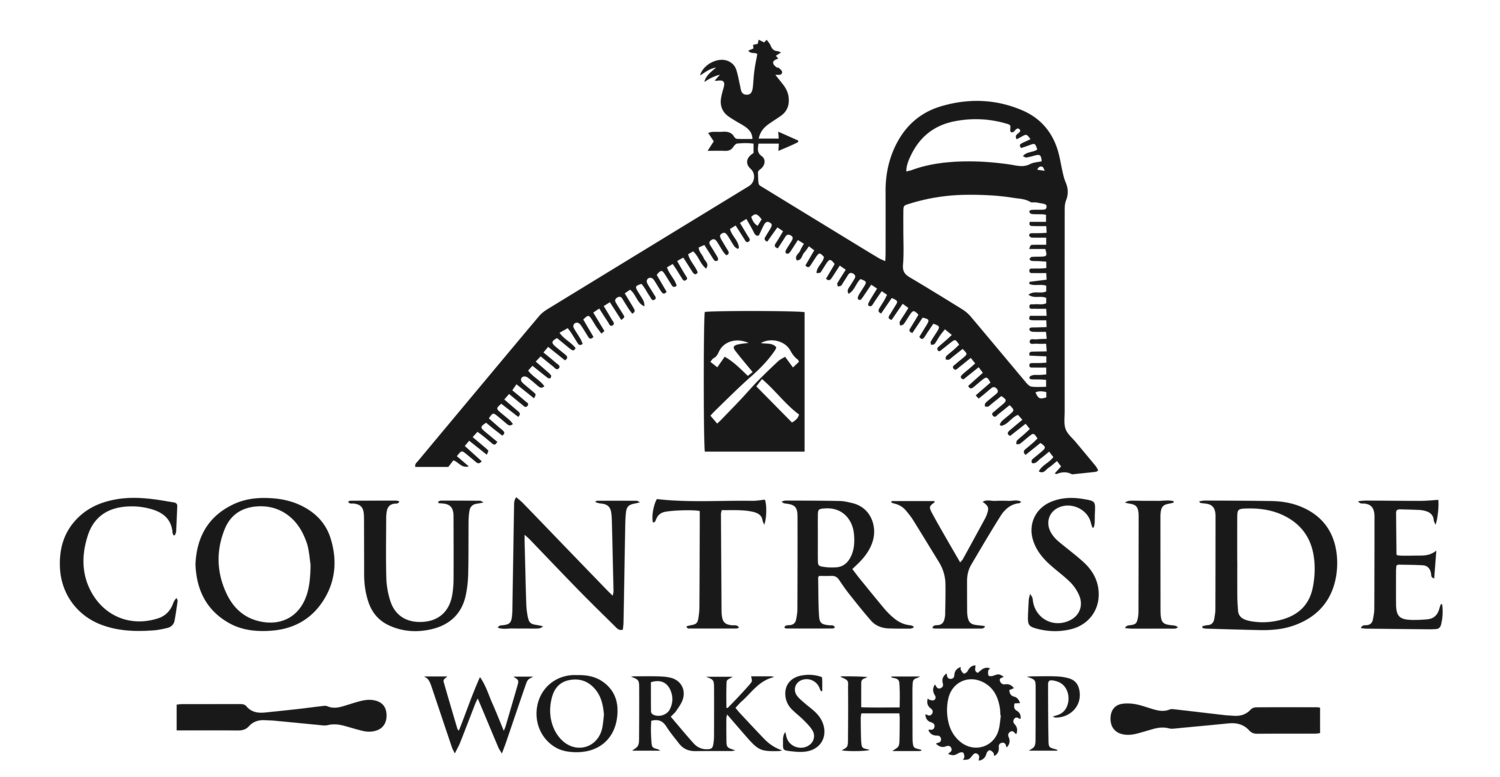After spending the last 12 years in the military I have created a lot of memories, some tangible and some not so tangible. It seems like everywhere I turn in my house I am finding items that I kept for memories. I finally decided it was time to build a little memory box to hold all those treasures. I wanted a design that had meaning behind it. So for the bottom panel I adhered a 20 year old map of my home town, Odessa, TX. I positioned the map to show the parts of the city I spent most of my time growing up. For the lid I did an epoxy resin based inlay of the Support the Troops Awareness Ribbon. Thanks to TransTint for supplying me with the dye necessary to tint the epoxy. Since this box was going to have meaning behind it, I couldn't use cheap hardware store hinges, I looked to my friends over at Brusso Hardware to supply me with some awesome brass hardware.
Here is the break down of how this build went.
I milled my lumber down to 9/16", that gives me 1/16" to sand and scrap my surface to my final thickness of 1/2".
After laying out my parts I cut all 4 sides down to their desired dimensions.
I decided to use Festool Domino Joinery for this box to help speed up some of the build. If you have ever used any of the Festool products then you know that all their gauges are in metric and not imperial. To get the domino perfectly centered on 1/2" stock is not very easy without the use of aftermarket gauges. Because I didn't have them on hand, Siri was my best friend for converting. Since Metric and Imperial do not convert over to a whole number I had to round up or down, which results in the mortise not being truly centered in the stock. In order to combat that you need to make sure that all your references are off the same face.
I do not know what happened but my first mortise was too close to the edge (I didn't change any settings and the rest of the mortises came out correctly). Not to worry because it is an easy fix. I simply glued in a domino into the mortise and once it dried I flush cut the domino. That gave me a hardwood patch. I then simply recut the mortise in the correct location.
After I cut all my joinery it was time to lay out the groove for the bottom panel. I did this by taking the thickness of my stock and adding 1/8" since I wanted the ends to be 1/8"proud of the box. I inserted a domino into both mortises and scribed along the edge to give me my lines.
I then took the pieces over to the router table to cut my grooves for the bottom panel.
I then measured for the bottom panel. The bottom panel was cut out of 1/4" Birch Plywood.
If you want to find out how I adhered the 20 yr old street map to the plywood then check out The Wood Whisperers method here:
Once the bottom is dry I sand all the parts to 220 grit and then assembly. Once the box is in clamps then I measure diagonally on both sides to ensure it is square.
Now that the box is done, lets take measurements for the lid then cut and glue the parts together.
To attach the breadboard ends I am using 3 dominos. The mortises on the center panel are cut on the tight setting and the mortises on the breadboard side are cut on the medium setting. I will only glue the middle domino on both sides and the center 2". This will allow the center panel to expand and contract over time. I have a slight sprung joint on the breadboards and this will allow me to concentrate my clamping pressure in the middle.
I decided to do an epoxy resin based inlay on the center panel of the top. That will be another video. While that dries I am going to start laying out the hinges.
I layout and mark the hinges with a marking knife. I scribe a line around the hinges and then use a chisel and mini router plane to remove the waste.
Once the bottom hinges are set in place I use them to mark the location for the top hinge.
It is finally time to apply my finish of choice on this... I like to use General Finishes Arm-R-Seal. I wipe it one with a blue shop towel and then let it dry. Between each coat I sand lightly with 320 by hand to remove the dust nibs and to give the next coat something to bind too.
Time to apply the feet. When Brusso sent me the awesome hinges they sent me a set of brass feet as well. These things are absolutely beautiful. Because my bottom panel was to thin and set to far in, I had to use spacers. I cut these out of mesquite to match the handle I am going to put on it. I applied these with Med CA Glue because the screws would have poked out the other side.
DRUM ROLL PLEASE ...
Related Articles...

#HomeDepotPartner #THDProSpective #ad Drawer construction can be intimidating because of the myth that you have to use special joinery such as rabbits, box joints, or dove tails.